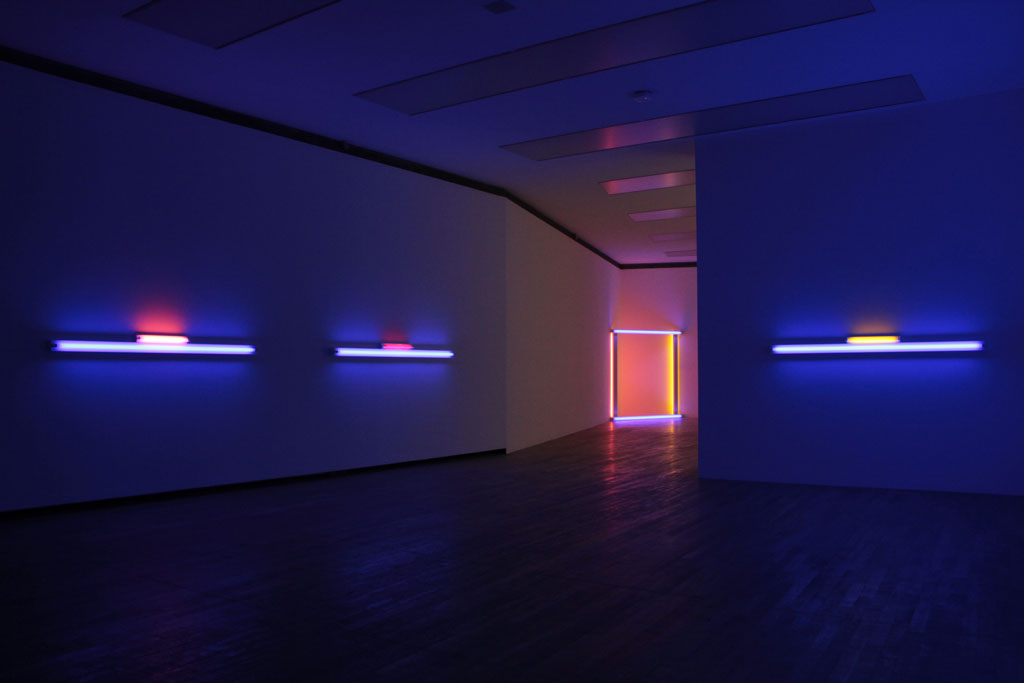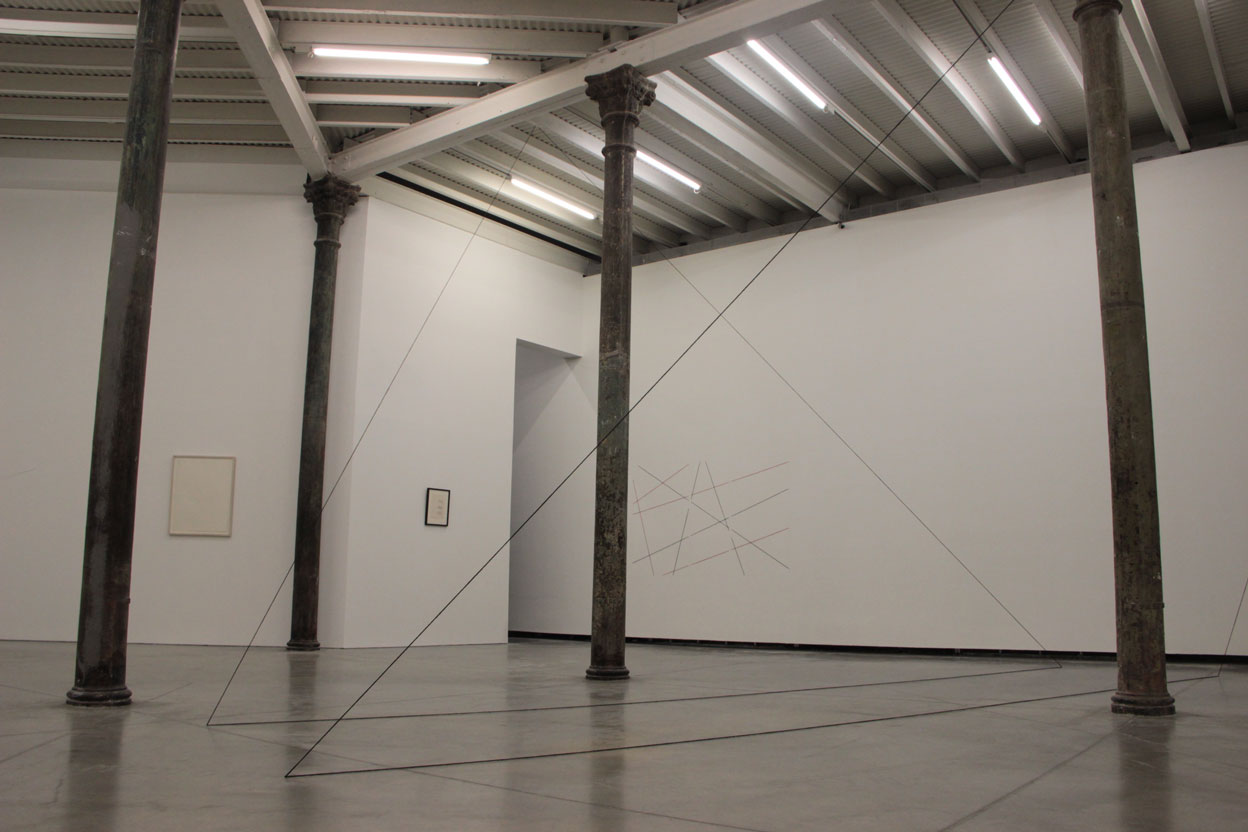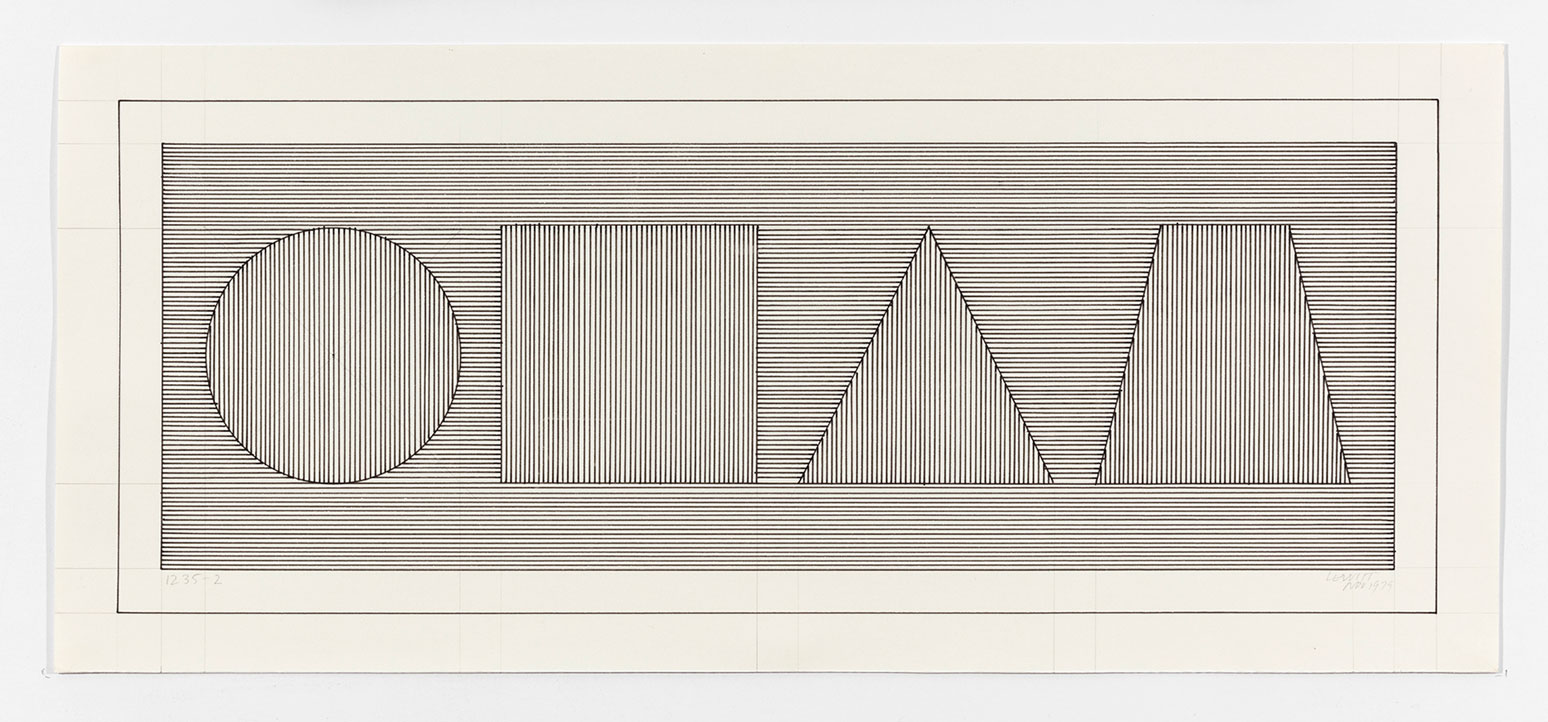ART CITIES:Buenos Aires-Minimalism, Postminimalism & Conceptualism/ 60–70
 The exhibition “Minimalism, Postminimalism, and Conceptualism/ 60–70” focuses on the key figures of the art scene in the United States during its undeniably more creative creative period: the 1960s and 1970s. the exhibition introduces the Argentine public to the movements of minimalism, conceptualism and post-minimalism. While the works that carry these rubrics can vary widely in their form and intention-for example, they can be a steel cube, a signed document or even a blurry video-they all share vital principles, which is why they deserve to be considered in its set Consequently.
The exhibition “Minimalism, Postminimalism, and Conceptualism/ 60–70” focuses on the key figures of the art scene in the United States during its undeniably more creative creative period: the 1960s and 1970s. the exhibition introduces the Argentine public to the movements of minimalism, conceptualism and post-minimalism. While the works that carry these rubrics can vary widely in their form and intention-for example, they can be a steel cube, a signed document or even a blurry video-they all share vital principles, which is why they deserve to be considered in its set Consequently.
By Efi Michalarou
Photo: Fundación Proa Archive
“Minimalism, Postminimalism, and Conceptualism/ 60–70” at Fundación Proa in Buenos Aires presents early work from the 1960s by Dan Flavin, Dan Graham, Sol LeWitt, Bruce Nauman, and Fred Sandback, exploring the different ways in which the artists addressed the perception of space. Dan Flavin was one of the most important sculptors and creators of installations of minimalism, a pioneer who turned fluorescent tubes into a viable artistic material. He was born in Jamaica, New York, in 1933, and was raised in a practicing Catholic family. He made five years of seminary in Brooklyn, between 1947 and 1952, before discarding the priesthood and enlisting along with David, his twin brother, in the Air Force. Flavin began studying correspondence art during the Korean War and then briefly attended the Hans Hofmann School of Fine Arts in New York in 1956. Later, he studied Art History at the New School for Social Research, and painting and drawing at Columbia University Perhaps the most important part of his training was, however, his work as an elevator operator and security guard at the Museum of Modern Art in New York during the sixties. There he met his first wife, the artist and art historian Sonja Severdija, as well as the critic Lucy Lippard and the minimalist artist Sol LeWitt. All of them would be influential figures throughout his career. Sol LeWitt is considered the father of conceptual art and minimalist art. He devoted his career to the creation of drawings, paintings and structures (the term he gave to his sculptures) that privileged the idea over execution and reduction over ornamentation. Perhaps it is better known for its wall drawings (drawings on the wall): large-scale murals that can be painted by anyone from a series of instructions. These directives, which ranged from systematic to deliberately vague, are an example of LeWitt’s creative generosity, which gave others an almost total agency over the manifestations of their own art. For LeWitt, the most important work of the plastic artist -as well as that of the architects, composers or dramatists- was not so much to produce, but to give origin to a work. In his 1967 manifesto, “Paragraphs on Conceptual” Art he wrote: “The idea becomes a machine that makes art”. More than half a century ago, Bruce Nauman has been making Avant-Garde art in almost every type of medium, breaking down the barriers between art, life and gender to become a paradigmatic artist of conceptual and post-minimalist movements. In addition to his incursions in sculpture, photography, engraving and film, Nauman also pioneered the use of unorthodox materials, such as Portapak video cameras, surveillance equipment, television monitors, holograms and neon tubes. Despite the diversity of his work, he has always developed certain underlying concerns, especially the practical and philosophical interest in the body, the experiments with space and the perception and disruption of communicative circuits through the distortion of visual signs and linguistic. Fred Sandback was a fundamental figure of the conceptual and minimalist movements, known above all for his drawings, engravings and sculptures made with thread. In his younger years, he began to feel fascinated by everything that had a string. Among his earliest and most formative experiences, he has learned to make snow shoes (rackets) and see how his uncle, an antiquarian, used to rustle the wicker of old chairs. Working as a supervisor in a summer colony, he learned to string arcs and became an expert archer. Later he would confess that he had always been attracted to anything that “had a rope”. Sandback studied philosophy at Yale University, graduated in 1966 and then did a master’s degree at the same university’s School of Arts, which ended in 1969. There he studied sculpture and received strong influence from visiting professors such as Donald Judd and Robert Morris, two giants of the minimalist movement. In 1967, in his studio at Yale, Sandback created his first mature work. Playing with the volume and the void, he outlined the edges of a wooden board he had placed on the floor with elastic thread and metal rods. When removing the table, its ghostly presence was still there and communicated, as the artist would say, “a full materiality without occupying or obscuring” the demarcated space. Dan Graham is a polymath of culture, throughout his forty-year career, he has been a gallerist, curator, art writer, rock critic and, in general, an enthusiast of pop culture. Although he has said that art is nothing more than a “passionate hobby”, his multidisciplinary production was extremely influential in the development of conceptual art, post-minimalism and post-studio artistic practice. His work in sculpture, photography, installation, architecture, video, performance and even in the written press challenges all stylistic cohesion. As Graham himself, his work skilfully passes from one subject to another, always with a facility that has won admirers among artists who came with the next generation.
Info: Curator: Katharine J.Wright, Fundación Proa, 1929 Av. Pedro de Mendoza 1929 y Caminito, La Boca, Buenos Aires, Duration: 6/7-30/10/19, Days & Hours: Tue-Sun 11:00-19:00, www.proa.org






